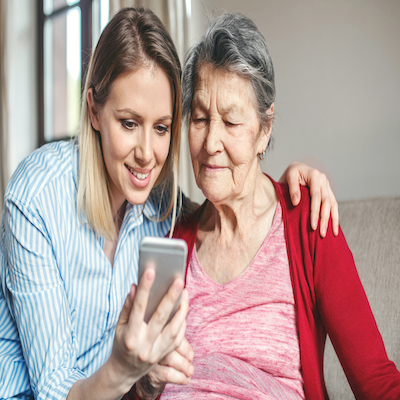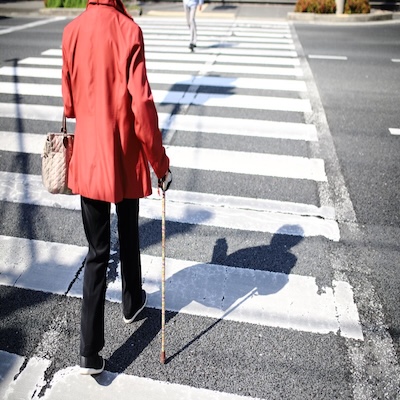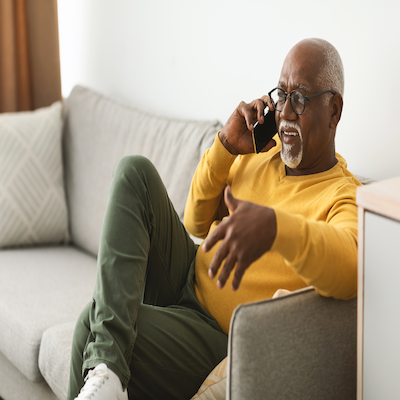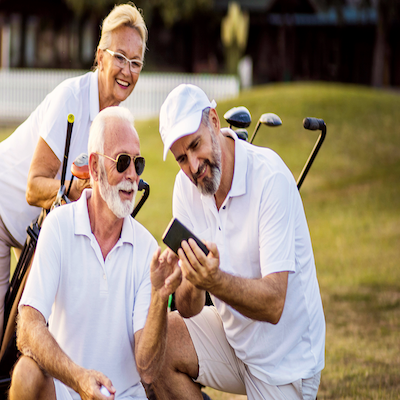Medical Alert Systems
Featured Articles

4 Best Medical Alert Necklaces of 2025
We put the best medical alert necklaces to the test based on cost, style, safety, and more. These are the winners.

How Much Do Medical Alert Systems Cost in 2025?
We did the research to assess the medical alert systems cost in 2025, so you can find the most appropriate option for your budget and your needs.
All Articles

5 Best Fall Detection Devices of 2025: Our Experts Tested and Reviewed
After hand-testing dozens of devices and simulating more than 200 falls, these are the best medical alert systems with fall detection.

How Medical Alert Systems Work in 2025: Your Full In-Depth Guide
Understanding how medical alert systems work can make your first shopping experience easier, faster, and more productive.

Understanding Wandering Risks for Older Adults
When older adults experience cognitive decline, wandering is common. Here’s how to help keep those you care about safe.

Resources for Older Adults Living Alone
There are a variety of resources available for older adults living alone. These allow you to live in your home, remain independent, and enjoy the activities and community you love. Here is our comprehensive guide of resources for older adults living alone.

How to Talk to Your Loved Ones About Using a Medical Alert System
This conversation can be hard. Using these tips can make it easier and help someone you care about be more likely to use a medical alert system.

4 Best Medical Alert Systems of 2025
After hand-testing dozens of devices, these are the clear winners. We think these vetted products can not only help you stay safe, but independent and active.
